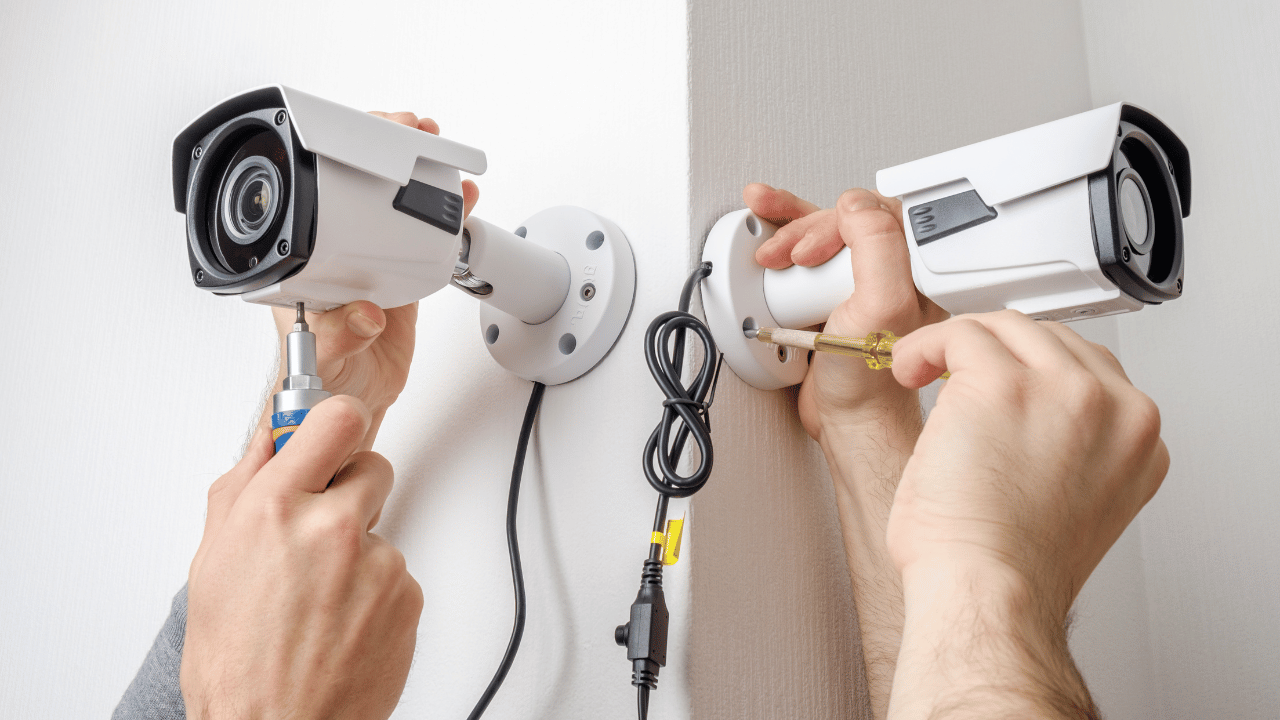CCTV installation is a smart move to enhance security in your workplace or home. However, setting up these surveillance systems requires careful planning and execution to ensure they serve their purpose effectively. Avoiding common mistakes during CCTV installations is crucial to maximizing the system’s potential and protecting your property.
Here are five mistakes to avoid while CCTV installation:
Incorrect Camera Placement
Placing CCTV cameras in the right spots is crucial for effective surveillance. If you put them too low, they won’t be able to see as much, and if they’re too high, they might get damaged by bad weather. To avoid these problems, it’s essential to carefully check out your property and figure out the best places to put your cameras.
Think about things like what you want the cameras to see if anything is blocking their view, and what the weather is like in your area. By doing this, you can make sure your cameras cover everything they need to, keeping your home safe and secure.
It is important to have a CCTV camera system for home security, it’s because they help you keep an eye on what’s happening around your house, even when you’re not there. With CCTV Installation in place, you can see if anyone’s trying to break in or if there’s any other suspicious activity going on. This extra layer of security can give you peace of mind and help protect your home and family from harm.
Neglecting Lighting Consideration
Good lighting is super important when it comes to getting clear footage with your CCTV cameras. If you don’t think about the lighting, your footage might end up looking blurry or not useful at all. That’s why it’s crucial to make sure your cameras can handle different lighting situations, like when it’s dark or there’s a lot of glare.
One way to make sure your cameras can handle different lighting conditions is to choose the ones that are made for them. Some cameras are designed to work well even when it’s dark or bright outside. If needed, you can also add extra lights to help your cameras see better, especially at night or in places that aren’t well-lit. By thinking about the lighting and making sure your cameras are ready for it, you can get clear footage that helps keep your place safe.
Choosing the Wrong Type of Camera
When it comes to CCTV Installation, not all of them are the same. It’s essential to pick the right one for your surveillance system, or it might not work as well as you need it to. Don’t just go for the most popular or cheapest option – that could lead to problems later on. Instead, think about what you need your cameras to do and choose ones that match those needs.
If you want cameras that stay in one place and watch things all the time, then fixed cameras are the way to go. But if you need cameras that can move around and zoom in on things, then PTZ cameras might be better for you. The key is to pick cameras that fit what you’re looking for, so your CCTV camera can do its job properly and keep your place safe.
Poor Cable Management
When setting up your CCTV system, messy cables don’t look good. Imagine a bunch of tangled wires all over the place – not only does it look untidy, but it can also lead to problems with your cameras and recording equipment. That’s why it’s super important to keep everything organized and tidy right from the start.
To avoid messy cables, it’s crucial to neatly secure the cables and use things like conduits or trunking to keep them in place and protected.
Another thing to consider is where you’re placing the cables. Avoid running them in areas where they might get bumped or damaged, like high-traffic spots or near sharp objects. By keeping them organized, you’ll minimize the risk of any disruptions to your surveillance system.
Skipping Testing and Maintenance
After setting up your CCTV system, it’s essential not to underestimate the significance of testing and ongoing maintenance. Once everything is installed, take the time to conduct comprehensive testing. This involves checking each camera, recording device, and all connections to ensure they are working correctly. Testing ensures that your system is ready to perform its crucial task of monitoring and recording activities effectively.
Regular maintenance also helps to maintain the reliability of your CCTV system over time. Components such as cameras, cables, and recording devices may experience wear and tear or develop faults over time. Through routine inspections and maintenance tasks, you can mitigate the risk of equipment failure and ensure that your CCTV system remains operational when you need it most.
Conclusion
Installing a CCTV system is a proactive step towards enhancing security, but it’s essential to avoid common mistakes to maximize its effectiveness. By paying attention to factors like camera placement, lighting considerations, camera selection, cable management, and regular maintenance, you can ensure your CCTV system operates at its best.
Don’t let these common mistakes compromise your security—take the necessary precautions during installation to safeguard your property effectively.


